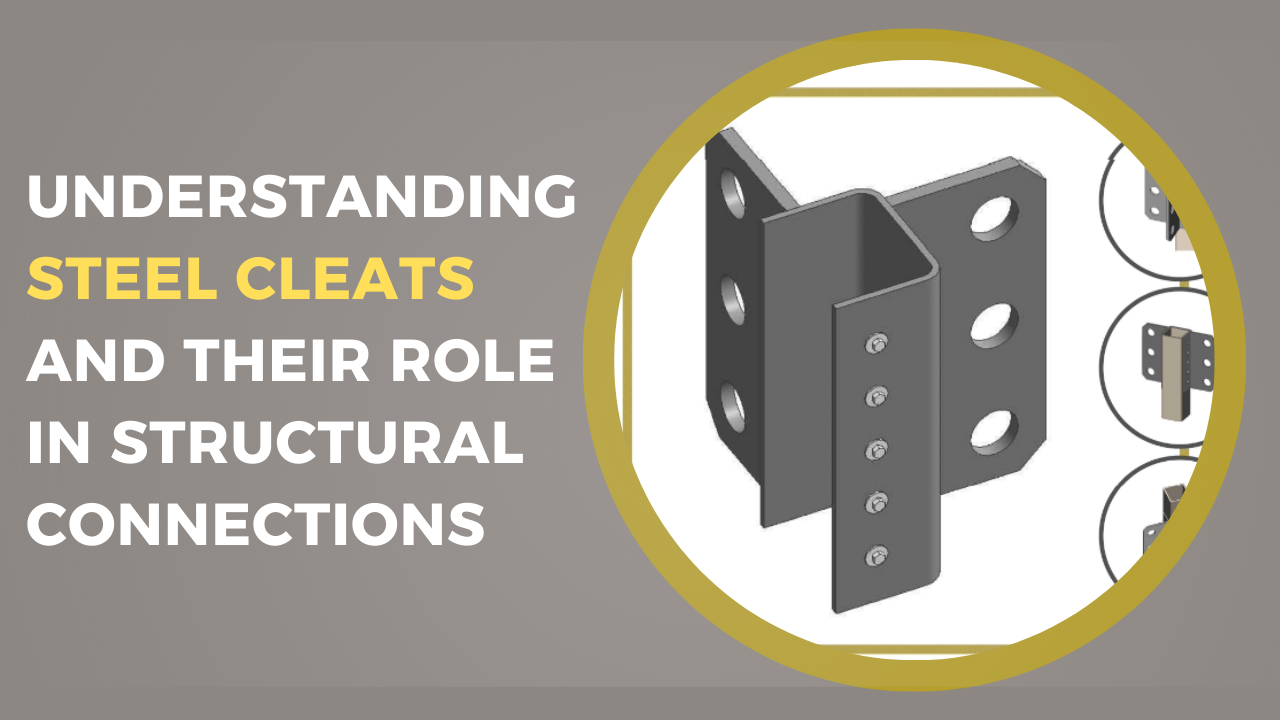When it comes to structural integrity in steel construction, precision components like cleat plates, angle braces, and SHS steel cleats play a pivotal role. These components ensure safe, secure, and efficient connections between beams, columns, and bracing systems, especially in applications where strength and alignment are critical.
What is a Cleat?
A cleat (also known as a fin plate) is a vital connector in steel framing systems, especially when attaching beams to square hollow sections (SHS). These cleats are engineered to handle varying load conditions and are often used in all SHS cleat configurations. Whether you’re working with timber beams or steel framing, cleats allow for a firm, reliable joint that resists twisting and shifting.
The Function of SHS Steel Cleats
SHS steel cleats serve as connectors between structural members such as beams and columns. Typically welded in place, however can now ne tek screwed and or tek & stitch welded in place. These new SHS cleats provide multi-directional support and can be used in both vertical and horizontal assemblies. They are an essential part of modular builds, verandah constructions, and other architectural steelwork projects where alignment and load distribution are crucial.
Why Angle Braces Matter
Angle braces are used to reinforce structures against lateral forces, particularly wind or seismic loads. When attached using specially designed bracing cleats, these components stabilise the entire frame and reduce lateral movement. Precision-fit angle bracing solutions offer clean alignment with SHS columns and contribute to the long-term durability of the framework. They can also be used to rapidly assemble small towers and platforms on site.
230 PFC: An Ideal Channel Beam Option
A 230 PFC (Parallel Flange Channel) is commonly used in residential and commercial steel structures. It provides an excellent strength-to-weight ratio, making it ideal for roof beams, garage lintels and verandah beams. When paired with suitable cleats and baseplates, the 230 PFC beam used with our SHS PFC beam cleats offers a robust, reliable solution for larger load-bearing requirements.
Conclusion
If you’re involved in structural steelwork or light commercial framing, using high-quality cleats, braces, and channels is non-negotiable. From cleats that hold your beams in position, to angle braces that resist sway, and SHS steel cleats that bind it all together, each part plays a mission-critical role. And with durable, well-sized components like the 230 PFC beam, your projects gain both safety and efficiency.
FAQs
A: Cleats, also known as fin plates, connect beams to SHS columns or posts, helping secure the structure under load.
A: Yes, depending on the cleat configuration, they are suitable for connecting either material section securely.
A: Angle braces enhance lateral stability, reducing sway and strengthening the overall frame.
A: It refers to a Parallel Flange Channel with a 230mm depth, commonly used in steel construction for its load-bearing capacity.
A: Yes, many cleats and bracing systems are available in various configurations to suit different SHS dimensions.


